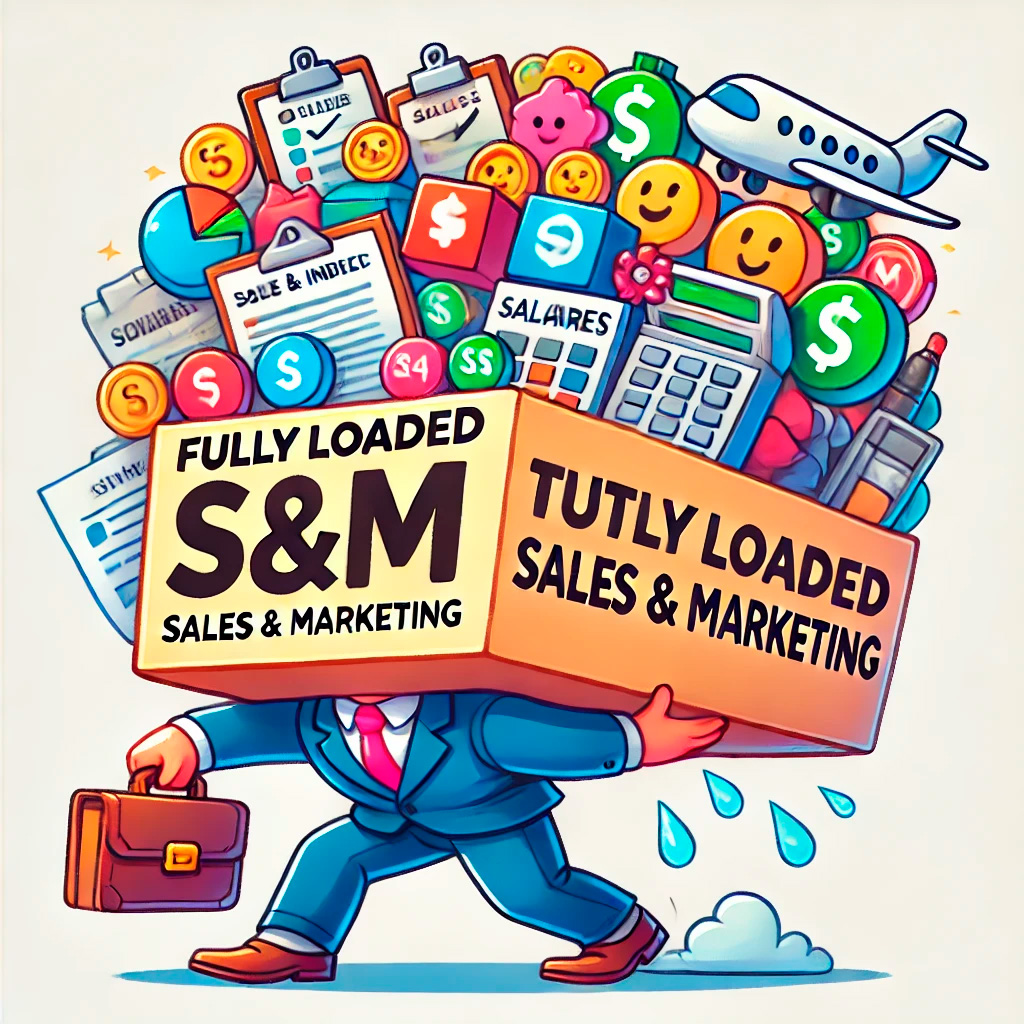Category: Glossary
-

LTV/CAC Ratio
What Is LTV/CAC Ratio? The LTV/CAC ratio is a comparison between the Lifetime Value (LTV) of a customer and the Customer Acquisition Cost (CAC). It tells you how much value you’re getting back for every dollar spent on acquiring a new customer. Formula for LTV/CAC Ratio 🧮 LTV/CAC Ratio = Lifetime Value (LTV) / Customer…
-

CAC (Customer Acquisition Cost)
What Is CAC (Customer Acquisition Cost)? CAC, or Customer Acquisition Cost, represents the total cost of convincing a potential customer to buy your product or service. Basic Formula for CAC 🧮 CAC = Total Sales, Marketing, and Related Costs / Number of New Customers Acquired 👆 Fun fact: Studies show it can cost five times…
-

LTV (Lifetime Value)
What Is LTV (Lifetime Value)? LTV, short for Customer Lifetime Value (CLV), represents the total amount of money a customer is expected to spend on your products or services throughout their entire relationship with your company. Basic Formula for LTV 🧮 LTV = Average Purchase Value × Average Purchase Frequency × Average Customer Lifespan 👆…
-

Paid Marketing Leverage
What Is Paid Marketing Leverage? Paid Marketing Leverage measures how efficiently your paid marketing spending translates into revenue. Simply put, it’s the ratio between your revenue growth and your marketing spend growth over a specific period. The Formula for Paid Marketing Leverage 🔢 Paid Marketing Leverage = Change in Revenue / Change in Marketing Spend…
-

Fully Loaded S&M (Sales & Marketing)
What Is Fully Loaded S&M (Sales & Marketing)? Fully Loaded S&M represents the complete cost picture of your sales and marketing efforts. It’s like looking at the total bill for getting your product into customers’ hands, including everything from salaries to software subscriptions. What’s Included in Fully Loaded S&M? 💼 The fully loaded S&M typically…
-

Marketing Leverage
What Is Marketing Leverage? Marketing leverage is your ability to generate outsized marketing results relative to your resource investment. Think of it as getting maximum impact from minimum input. Key Components of Marketing Leverage Marketing leverage typically comes from: Organic Growth Channels Word-of-mouth marketing Content marketing SEO Social media presence Community building Marketing Assets Brand…
-

Net Negative MRR Churn
What is Net Negative MRR Churn? Net Negative MRR Churn is when a company gains more money from its existing customers upgrading or buying more than it loses from customers canceling or downgrading their subscriptions. This means that even if some customers leave, the company’s overall monthly recurring revenue (MRR) still goes up. Why Net…
-

MRR Churn
What is MRR Churn? MRR Churn (Monthly Recurring Revenue Churn) is a metric that measures the amount of revenue a company loses in a given month due to customers canceling or downgrading their subscriptions. It’s an important indicator of customer retention and the overall health of a subscription-based business. How to Calculate MRR Churn Basic…
-

MRR Expansion, %
What is MRR Expansion? MRR Expansion % (Monthly Recurring Revenue Expansion percentage) measures how much more money a company is making from its existing customers over time. This increase usually comes from customers upgrading their subscriptions, buying additional services, or using more of what the company offers. It helps show how well the company is…
-

ARR (Annual Recurring Revenue)
What is ARR? ARR, or Annual Recurring Revenue, represents the total revenue a company expects to earn from its subscription services over a year, based on the current monthly recurring revenue (MRR). Like MRR, it excludes one-time payments or non-recurring charges and focuses only on the revenue that repeats annually. ARR provides a clear view…
-

MRR (Monthly Recurring Revenue)
What is MRR? MRR, or Monthly Recurring Revenue, is a metric used by subscription-based businesses to measure the predictable, recurring revenue they generate each month. It excludes one-time payments, such as setup fees or irregular charges, and focuses solely on the recurring revenue from subscriptions. MRR helps businesses track their financial health and growth by…
-

EBITDA (Earnings Before Interest, Taxes, Depreciation, and Amortization)
What is EBITDA? EBITDA stands for Earnings Before Interest, Taxes, Depreciation, and Amortization. It shows the money a company earns from its regular business activities, such as selling products or services. This calculation excludes interest on loans, taxes, and the reduction in asset value through depreciation and amortization. It focuses on the company’s ability to…